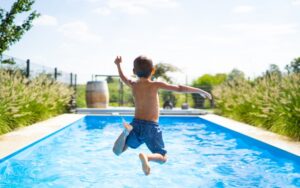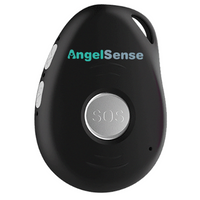If you're going to have fun in the sun with your little ones this season, makes sure you know how to prevent drowning and what to do if—despite your best efforts—there's a water emergency. You need to have a plan of action ready to go in seconds, whether you're alerting a lifeguard or going to the hospital.
Water safety for kids starts with proactive measures and swift response to water emergencies. People—especially kids and babies—can drown in just 2 inches of water in a matter of minutes.1
The Centers for Disease Control and Prevention (CDC) reports that over 3,900 people accidentally drown each year in America. And it's the second leading cause of unintentional injury death in children ages 1 to 14.2 That’s why water safety for kids is so important.
Follow these measures, both reactive and proactive, to save your child if they slip underwater and to reduce the likelihood of such an incident altogether.






